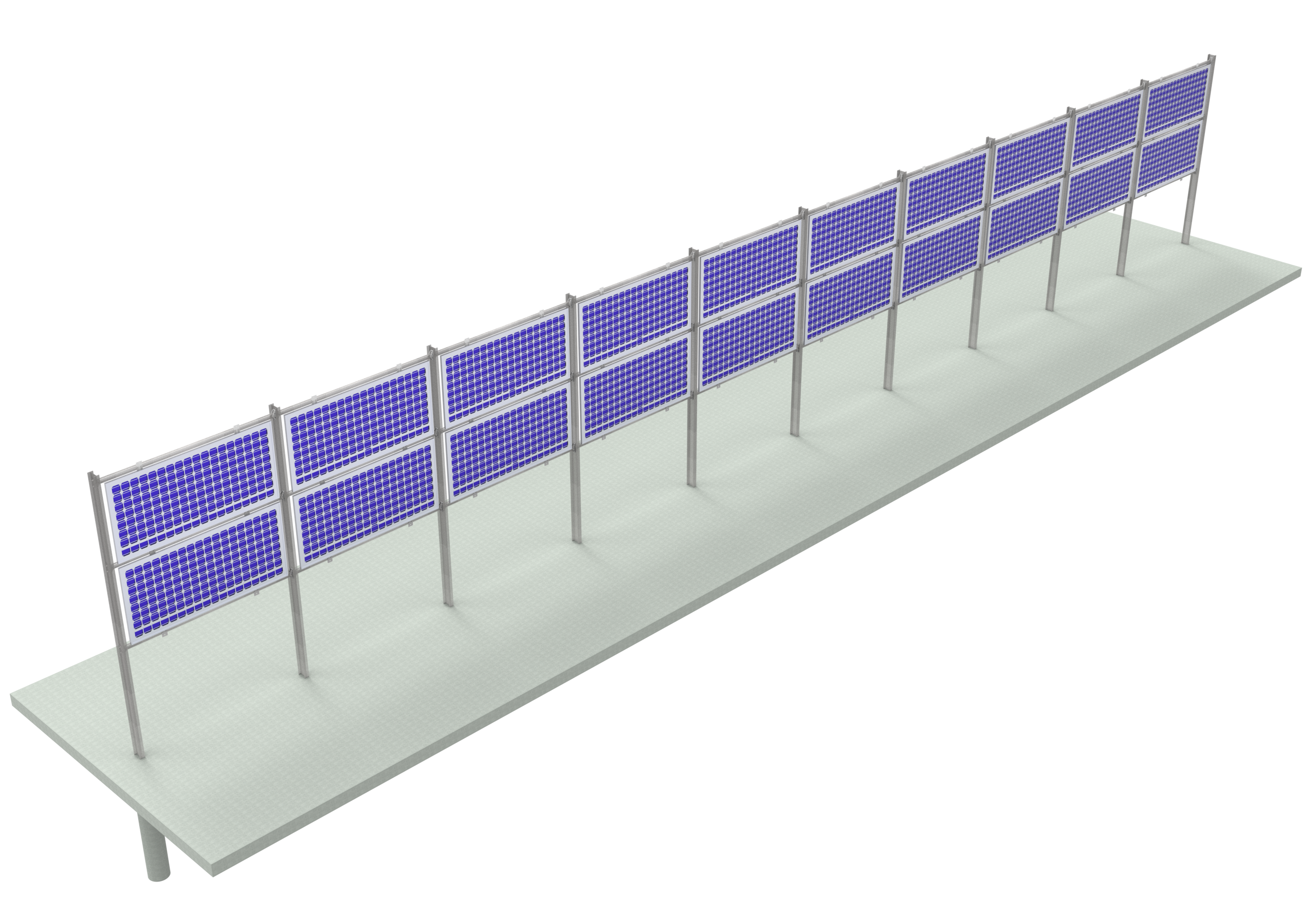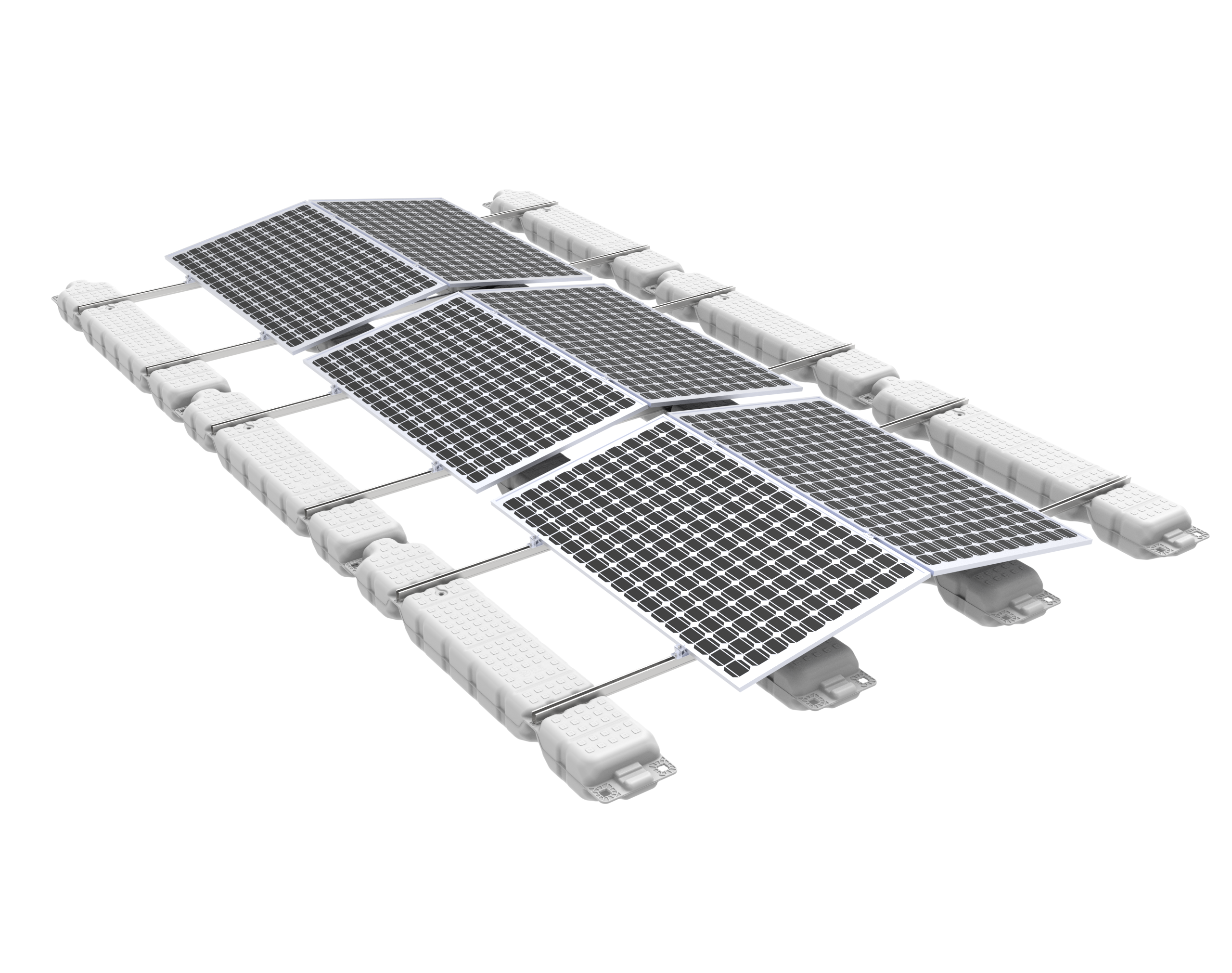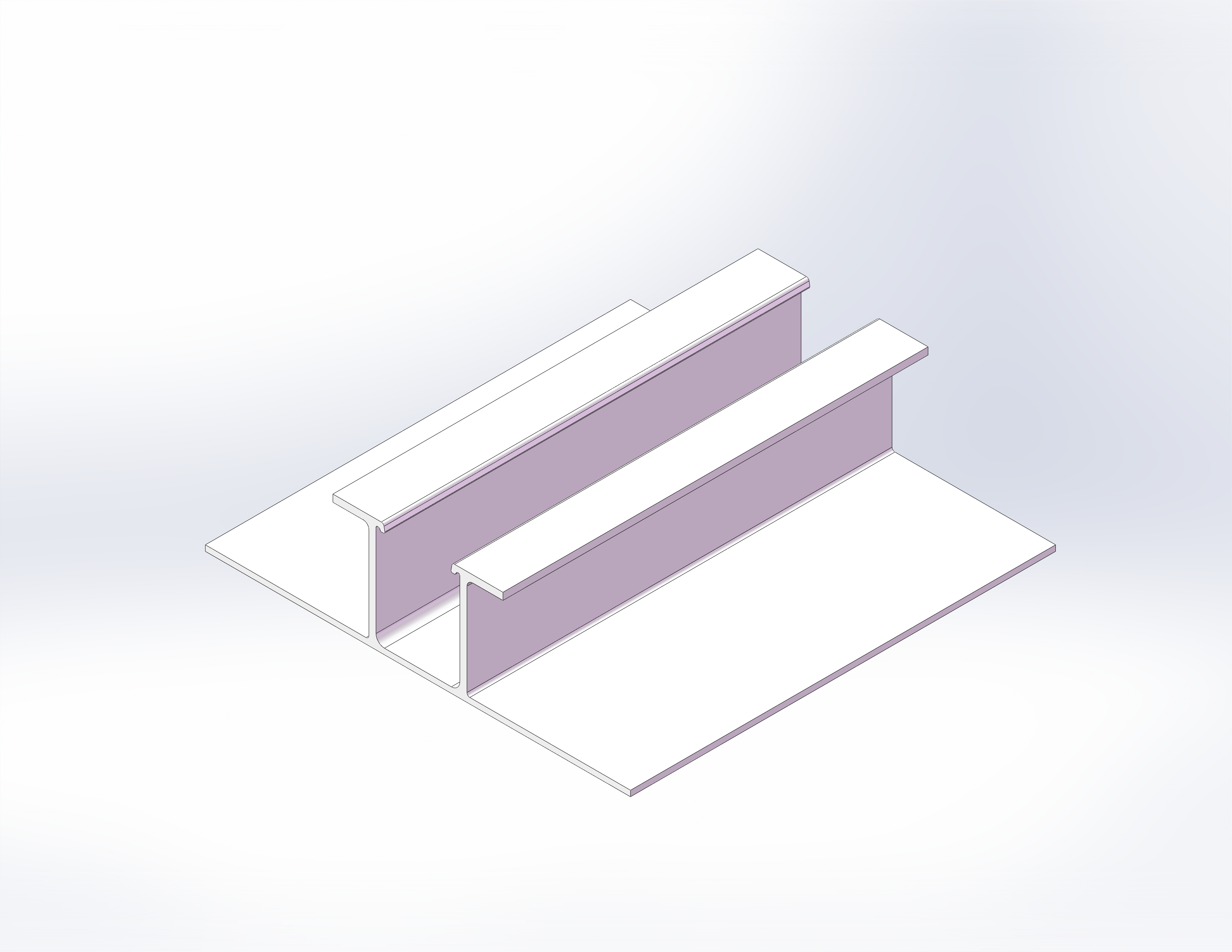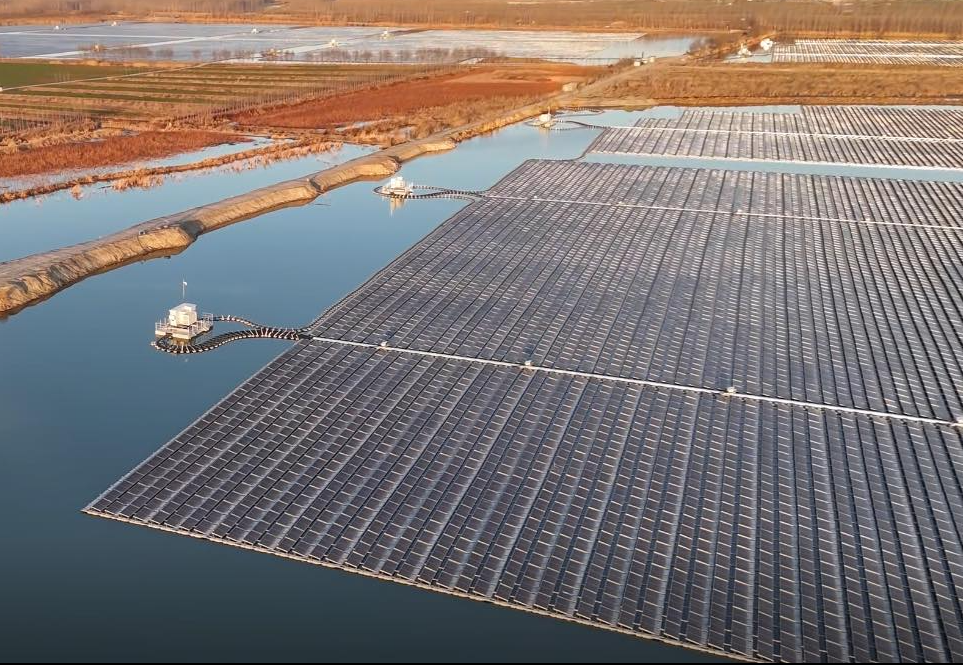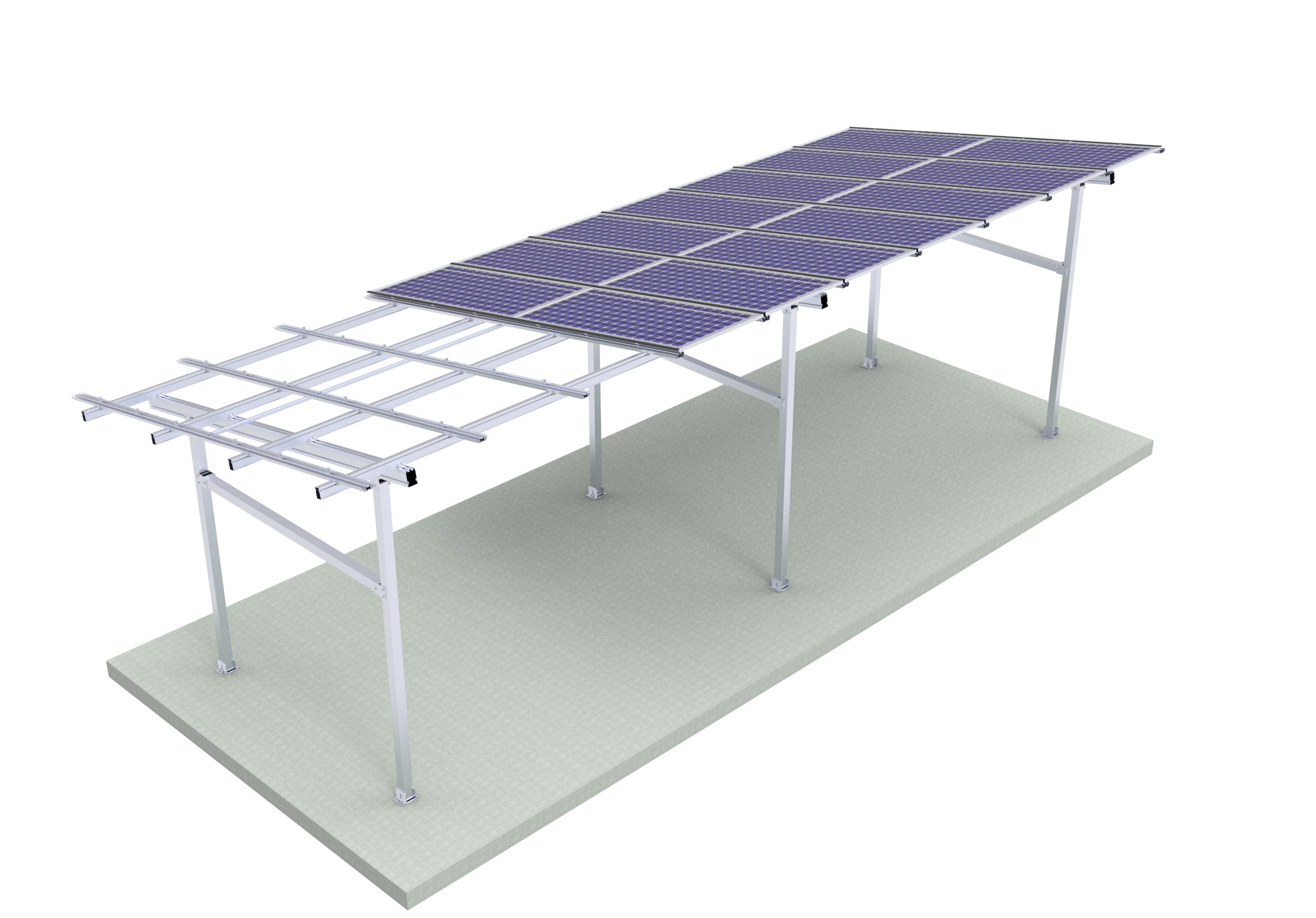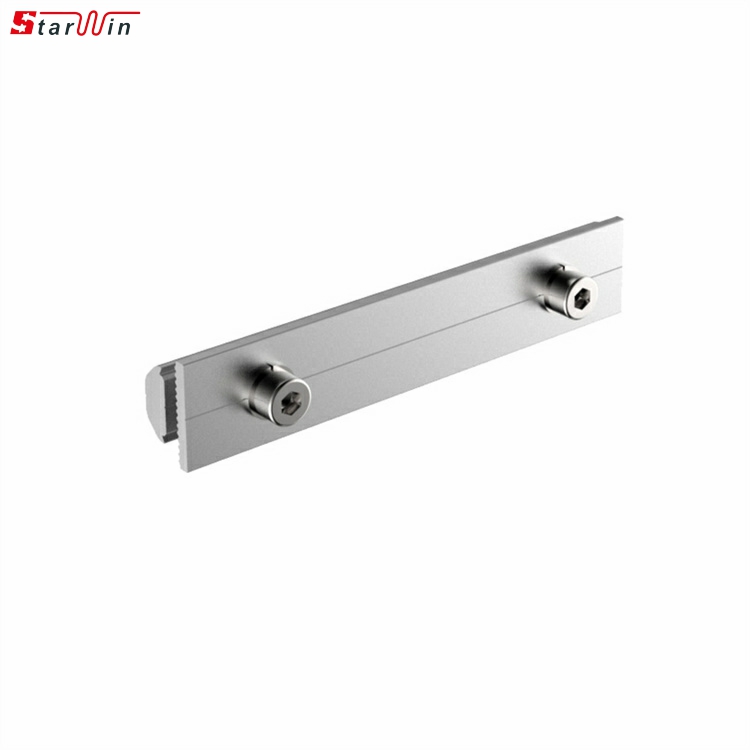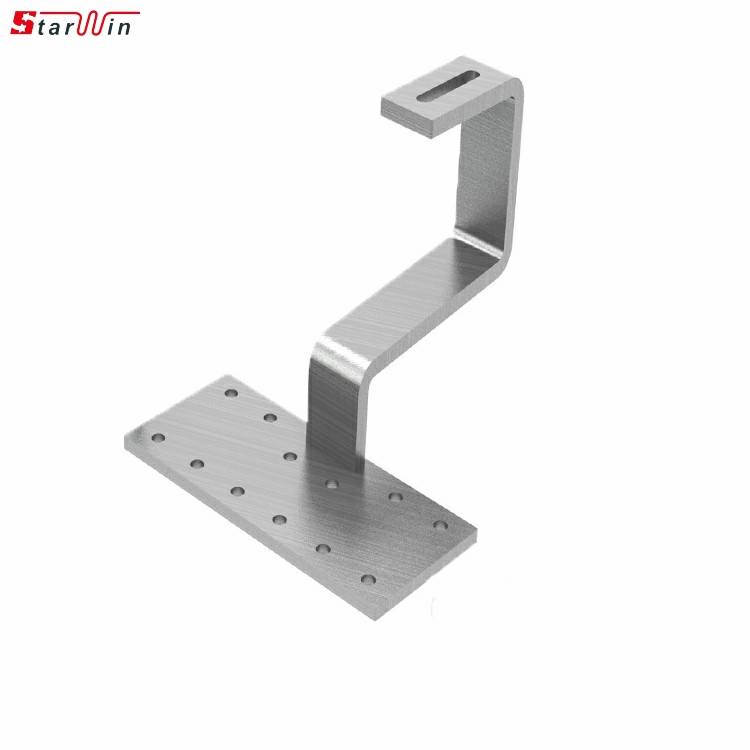The field of floating solar mount structures, also known as "floatovoltaics,"
Early floating solar systems primarily used a HDPE (High-Density Polyethylene) pontoon-based "raft" structure. The news is all about the diversification and specialization of these designs to meet different challenges.
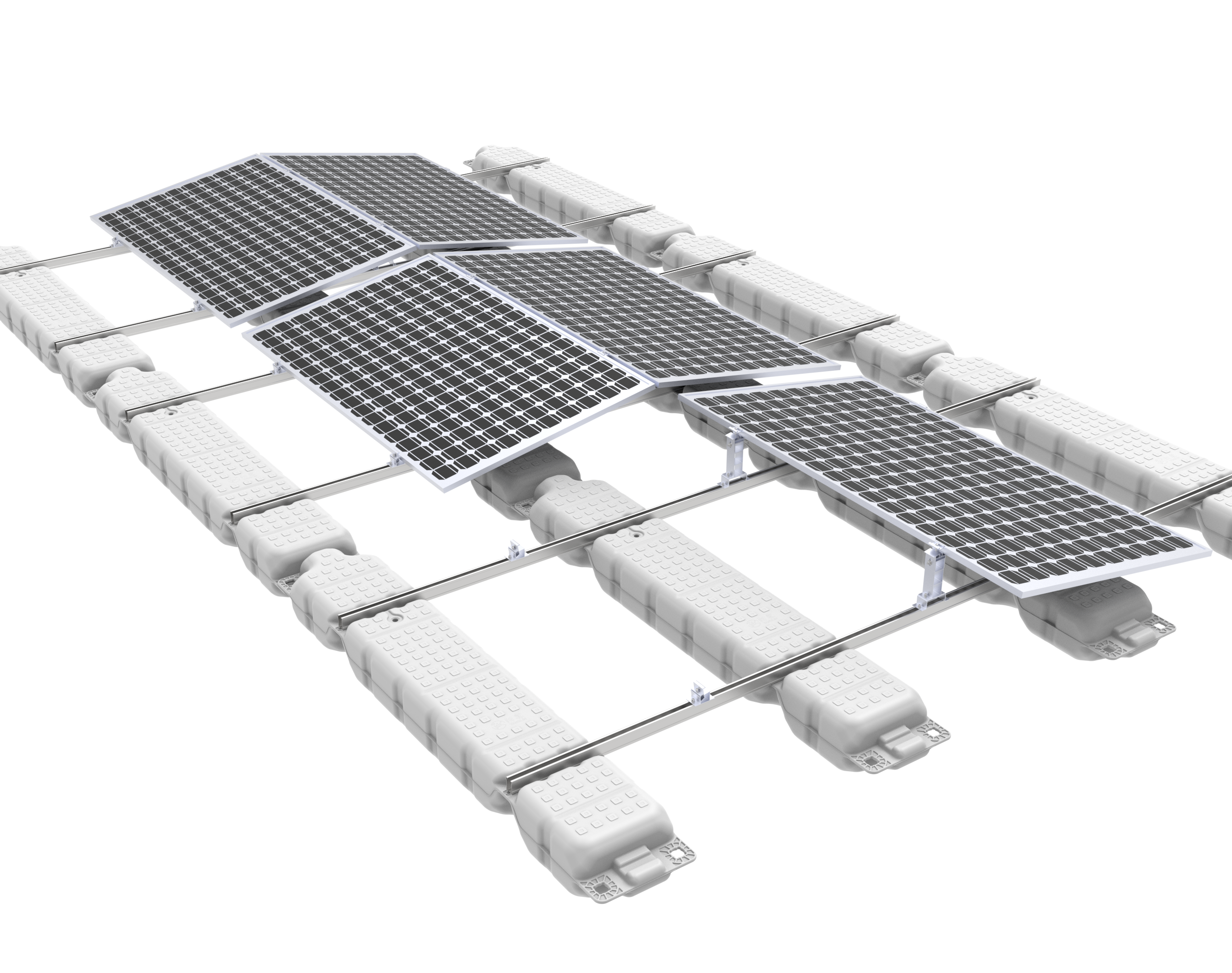
Tensioned Membrane Systems: Instead of rigid pontoons, these systems use a flexible, tensioned cable or membrane anchored to the bank and lakebed. Solar panels are mounted on this taut surface. This design uses significantly less material (reducing cost and plastic use) and is highly resilient to wind and wave action.
Hybrid "Tethered" Designs for Deep Water: For reservoirs with significant depth variation (like hydroelectric dams) or open sea conditions, rigid rafts are less ideal. New designs involve more modular, semi-rigid structures that are tethered but allowed to move flexibly with waves, preventing structural fatigue.
Floating Solar + Hydropower (The Ultimate Duo): This is a game-changer. Hydropower plants already have grid connections, substations, and reservoirs.
Floating Solar + Pumped Storage: Similar to hydropower, this creates a closed-loop, renewable energy battery. Solar power generated during the day can pump water to an upper reservoir, which is then released to generate power at night.
Floating Solar + Aquaculture (Aquavoltaics): Solar panels provide shade, which can reduce algae blooms and lower water temperature, creating a better environment for certain fish and shellfish. This dual-use approach maximizes the economic and ecological value of the water body.
Falling Costs: While the initial CAPEX for floating solar is higher than ground-mounted systems (due to specialized mounting and anchoring), the Levelized Cost of Energy (LCOE) is becoming increasingly competitive. This is due to economies of scale, improved installation techniques, and the higher energy yield (cooler panels operate more efficiently).

